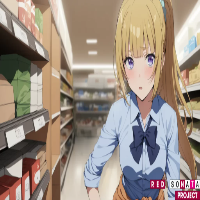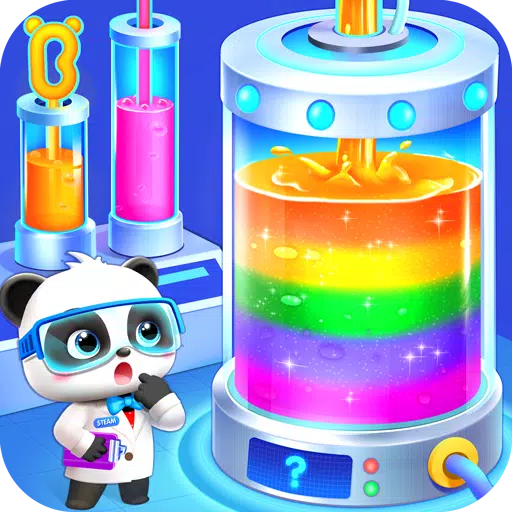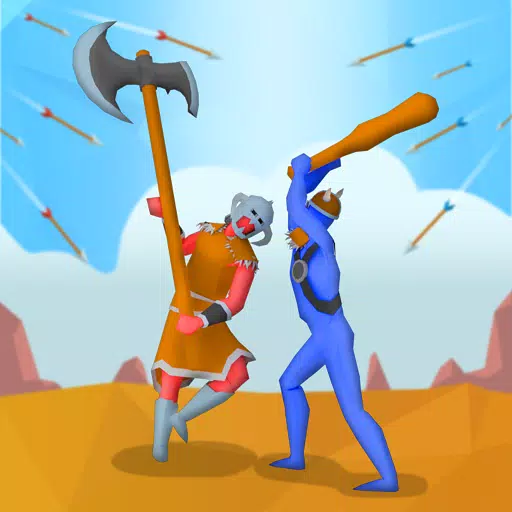
The Legend of Zelda: Echoes of Wisdom marks a significant milestone as the first Zelda game to feature a female director at the helm. Dive into the fascinating world of Tomomi Sano and the early stages of Echoes of Wisdom's development.
Zelda: Echoes of Wisdom Details Revealed During Nintendo’s Ask the Developer Interviews
Meet Tomomi Sano, the Zelda Series’ First Female Director
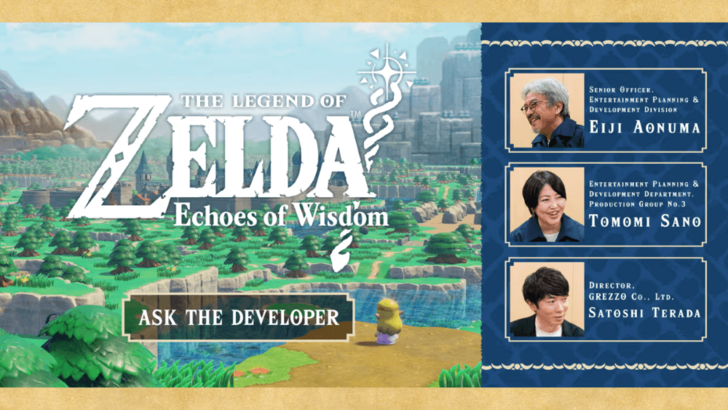
The Legend of Zelda series is renowned for its epic storytelling, intricate puzzles, and immersive dungeons. The upcoming release of The Legend of Zelda: Echoes of Wisdom adds a new chapter to Hyrule’s history. Not only does it feature Princess Zelda as the playable protagonist for the first time, but it's also directed by a woman, making it a groundbreaking entry in the franchise.
"Prior to this project, my main role was to support the director," said Tomomi Sano, the director of Echoes of Wisdom, in an interview with Nintendo. Before taking on this significant role, she contributed to various Grezzo remake projects, including Ocarina of Time 3D, Majora’s Mask 3D, Link’s Awakening, and Twilight Princess HD. Her experience also extends to the Mario & Luigi series.
"My role was to manage and coordinate the production for this project, suggest adjustments, and then check the outcome to ensure the gameplay created by Grezzo aligns with the Legend of Zelda series," Sano elaborated.
Series producer Eiji Aonuma praised her involvement, stating, "I almost always ask her to be engaged in the Legend of Zelda remakes that Grezzo works on."
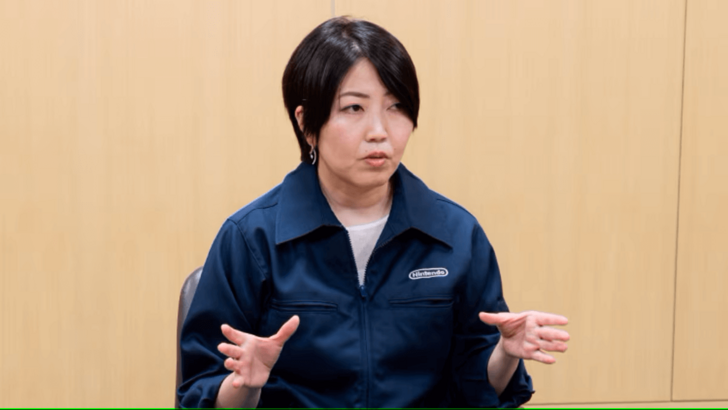 Image from Nintendo's Ask the Developer Vol. 13
Image from Nintendo's Ask the Developer Vol. 13
Sano's career in the gaming industry spans over two decades, starting with her role as a Stage Texture editor for Tekken 3 on the PlayStation 1 in 1998. Her early work with Nintendo includes the Japan-only Kururin Squash! and Mario Party 6, both released in 2004. Since then, she has contributed to numerous titles in the Legend of Zelda and Mario & Luigi series, as well as several Mario sports games like Mario Tennis Open, Mario Tennis: Ultra Smash, and Mario Golf: World Tour.
Echoes of Wisdom Started as a Zelda Dungeon Maker, Revealed Aonuma
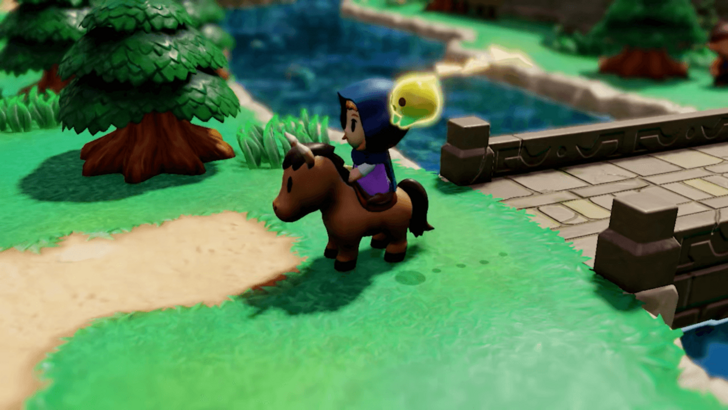
The inception of Echoes of Wisdom can be traced back to the success of the 2019 remake, The Legend of Zelda: Link’s Awakening. During the interview, Aonuma disclosed that Grezzo, the co-developers of Link’s Awakening, were encouraged to leverage their expertise in top-down Zelda gameplay to shape the franchise’s future. Initially, the focus was on another remake, but Grezzo proposed a more ambitious project: a Zelda dungeon maker.
Aonuma posed the question to Grezzo, "If you were to make the next new game, what kind of game would you like it to be?" This simple query led to multiple proposals. Although the winning concept was similar to the final game, Echoes of Wisdom wasn't initially conceived in its current form. Early prototypes explored a "copy-and-paste" gameplay mechanic and a mix of top-down and side-view perspectives reminiscent of Link’s Awakening.
"We were exploring different ways to play the game in parallel," said Satoshi Terada from Grezzo. "In one approach, Link could copy and paste various objects, such as doors and candlesticks, to create original dungeons. During this phase, we called it an ‘edit dungeon’ because players could craft their own Legend of Zelda gameplay."

Grezzo spent over a year developing Echoes of Wisdom with a focus on the dungeon creation mechanic. However, the project took a dramatic turn when Aonuma "upended the tea table"—a Nintendo expression for halting a game’s development to radically change its direction.
While Aonuma appreciated the previous ideas, he believed that the dungeon-maker feature would be more impactful if players used copied-and-pasted items as tools to progress through the adventure, rather than solely for creating dungeons.
"For example, in The Legend of Zelda: Link’s Awakening, there is an enemy called a Thwomp that falls from above and crushes things below, appearing only in the side-view perspective," explained Sano. "If you copy that and paste it into the top view, you can drop it from above to crush things below or ride on the Thwomp to climb upward."

Aonuma initially struggled with imposing restrictions on Echo usage, concerned about potential exploitation. However, the team eventually realized that these limitations were unnecessary and removed them in the final version.
This approach encouraged players to "be mischievous," a principle the developers embraced to promote creative and unconventional gameplay. As Aonuma explained, "We wanted to do some things that were really out there." This led to features like spike rollers, which, despite their unpredictable interactions, were deemed essential for the game's fun factor. "If we didn’t allow for this possibility, it wouldn’t be fun," he said.
Sano added that the team created a document defining "being mischievous" to guide development efforts. Terada and Sano outlined three key rules: "‘Be able to paste things however, wherever, and whenever you like,’ ‘Make it possible to complete puzzles using things that aren’t there,’" and "being able to find uses for echoes that are so ingenious it almost feels like cheating should be part of what makes this game fun."
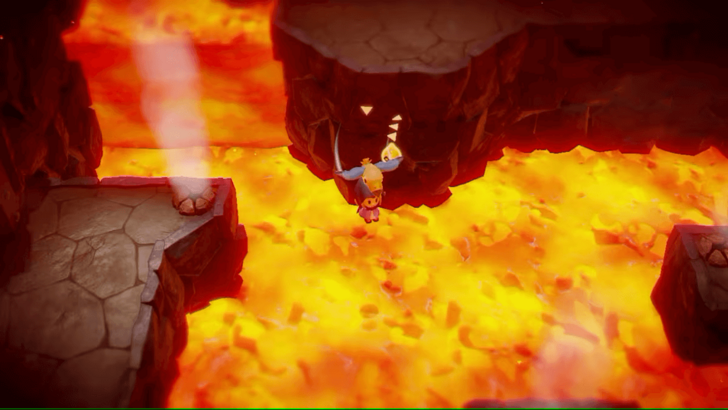
Freedom and creativity have always been central to the Legend of Zelda series. Aonuma compared the game’s encouragement of "being mischievous" to the Myahm Agana Shrine in Breath of the Wild, where players could navigate a ball through a maze. However, using the controller’s motion controls, players could bypass obstacles by flipping the entire board and using the smooth surface on the other side.
"It’s like finding a secret trick in the game, just like the old days," said Aonuma. "If this kind of solution isn’t allowed, then it’s not fun."

The Legend of Zelda: Echoes of Wisdom is set to release in just two days, on September 26, exclusively for the Nintendo Switch. The game unfolds in an alternate timeline where Zelda, not Link, takes the lead in rescuing Hyrule from countless rifts tearing through the land. For more insights into The Legend of Zelda: Echoes of Wisdom’s gameplay and story, be sure to check out our detailed article below!


